I am a human being and not a computer!!
|
I recently saw, on LinkedIn, a post from someone who said goodbye to ABN AMRO, after three and a half years. As external project manager he renewed ABN AMRO's web application together with a team of 45 people. Coincidentally, I am both a private and a business client of ABN AMRO. Since we are always working on developing ‘smart tools’ at Digitect, I can not withstand the urge to view the user-friendliness and error-sensitivity of their site critically. And so I have seen how the site behind the ‘log in’ has been addressed in recent years. However, some very basic functions (such as copy and paste) are still missing. Also the system makes errors when applying the date selection. This makes it complicated to close the administration of our company easily. How can it be possible that a project manager and a team of 45 people overlook this? My advice to developers and project managers: use the tool that you develop regularly! To demonstrate this, I will work out a few examples below. 1. Bank transaction selectionFirst, if I make a selection of bank mutations, from 1 January to 31 December 2018, then at the top there are three changes from 2017 presented. It is unclear to me why this happens, but this way certainly, one can never close it’s administration! 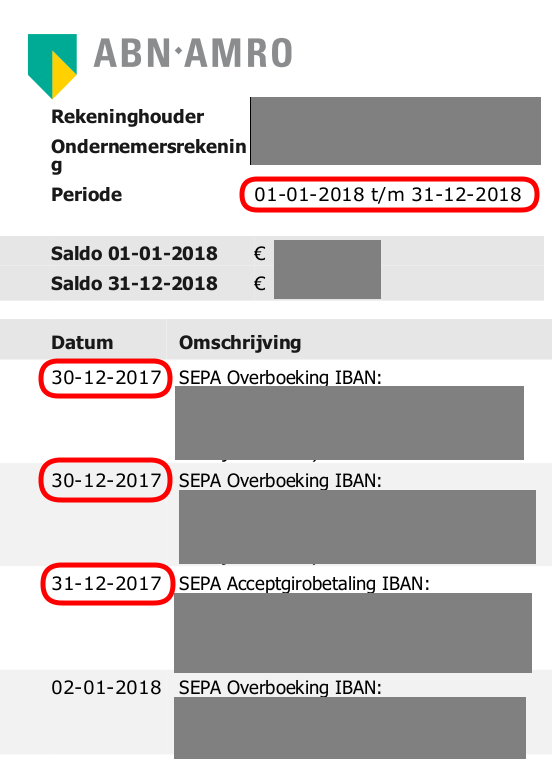 2. Copy amountEvery entrepreneur is familiar with the receipt of invoices by e-mail, or the downloading of invoices. Just to avoid mistakes when overwriting, I copy the amount and paste it into the web application. At ING Bank this is possible, but in the amount field, the web application of ABN AMRO stubbornly refuses all input via Ctrl-V (paste). While it should also be known to ABN AMRO that manual entry leads to errors! 3. Copy payment referenceWe see the same type of problem occurring with the payment reference. That is a 16-digit number, ideally suited to make mistakes when typing. Although typing errors can be detected through the control number in the payment reference, it is obvious to copy and paste the 16-digit number to prevent such errors. If not at ABN AMRO. 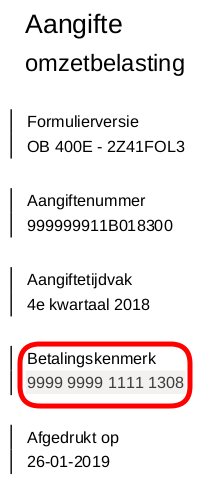 If we now copy and paste the payment reference in the ABN AMRO web app, the following will happen: 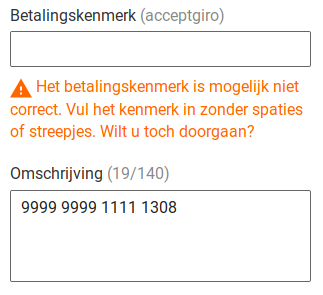 An error message appears, stating that the specified payment reference (which I have literally taken over), is incorrect. Why? Within 15 minutes every programmer can write a Javascript function that filters out all the characters outside 0-9. That would in any case add a lot of ease of use! But at ABN AMRO, in order to be able to copy the payment reference, you must first remove the spaces and then, second, copy the attribute again to the relevant field: 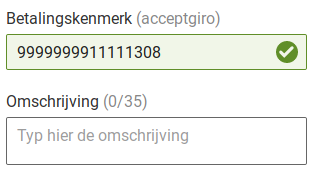 INGWe will have to guess the motives of ABN AMRO, but the bank does not seem to have a strong argument. After all, copying the amount and the payment reference in the web application is no problem for fellow bank ING. In fact, the makers of the ING application know that the application is made for a person. For readability, therefore, ING places minus signs between each four digits. 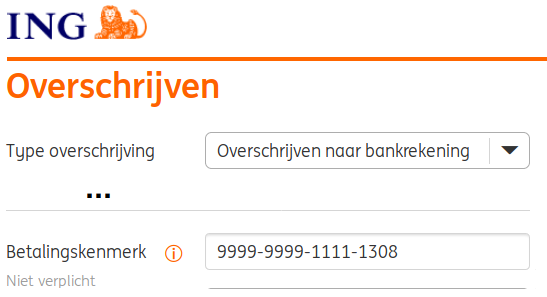 Nevertheless, even at ING, people were not always placed central. When we first started with Digitect, I noticed something curious in ING's e-banking application. You could only enter a payment reference, and no description, when transferring money to the tax authorities! While in transfers to all other accounts, you could simply choose to include all information in the 'description'. Seemingly ING provides a special service to the tax authorities, obliging anyone who transfers money to that account number, to fill in the payment reference. Fine, but if the bank mutations have to be processed by a person, then it is important that they include additional information like ‘Income Taxes’, ‘VAT’ or ‘VPB Payments’. And as a human being, I am not able to understand exactly what these 16 figures represent. You have to look it up again in your administration, which is very time-consuming. This is why I decided to submit a complaint, at the time, with the motivation: "I am a human being and not a computer". Computers work with numbers, but as a person who has to process the daily statement for his bookkeeping, I need a name or a description! Everyone declared me crazy. "ING will never change that, simply because you made a complaint," I heard from all sides. Yet an additional description of 35 positions has been added afterwards. You can use this for a free text description as a supplement to the payment reference. 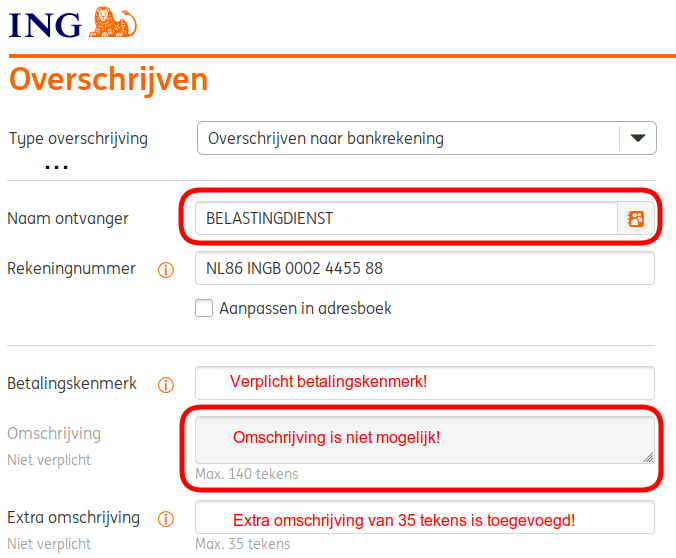 Well done ING! Thank you for acknowledging me as a person, thank you for listening to me! |

 EN
EN NL
NL 